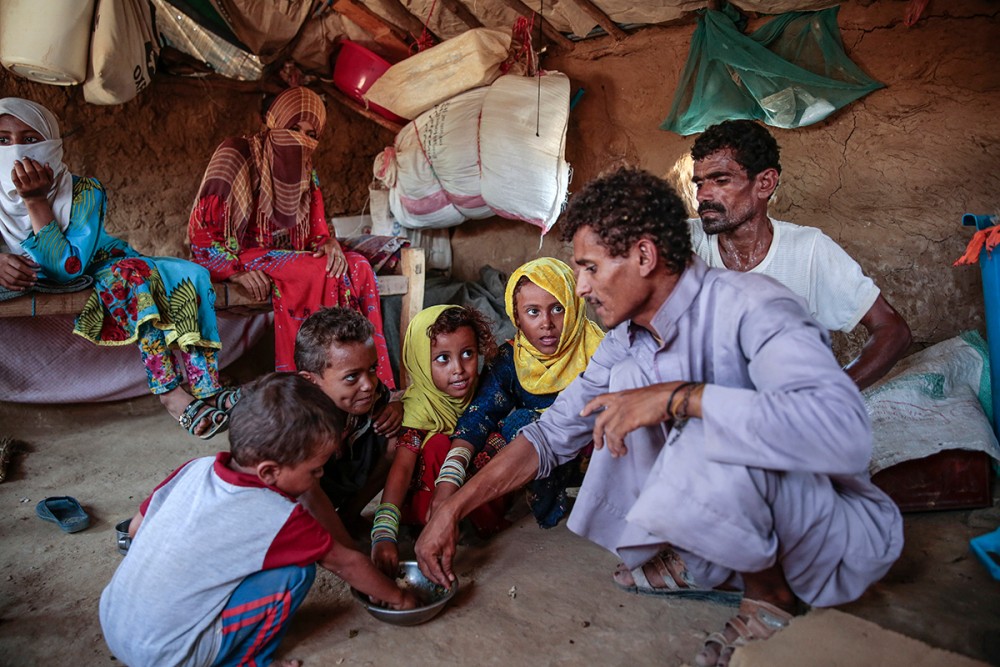
In the past eight years, 10,000 children have been killed or maimed and up to two million more displaced in a war that many people have not heard of. The world’s worst humanitarian crisis is in Yemen, which was already the poorest country in the Middle East when a proxy war between Saudi Arabia and Iran broke out there in 2015. In 2018, I went to Yemen with Matthias Leibbrand, then the CEO of Vision Hope International. Having grown up in a shadow foster care system, I could not ignore the estimates claiming that tens of thousands of Yemeni children became orphans in the first year of the war. Precise numbers are impossible to determine, given the complete collapse of the country’s infrastructure as of December 2015.
More than two-thirds of the Yemeni population is in desperate need of humanitarian aid, and parts of the country have slid into a famine as a blockade has prevented ships laden with food and other essentials from docking in Yemeni ports. Vision Hope has helped thousands of children under age five experiencing malnutrition, but millions more are at imminent risk of starvation.
From a humanitarian perspective, the devastation caused by a proxy war in the region’s poorest country has created an impossible situation: as the country’s food, transportation, healthcare, sanitation, and water systems are destroyed by missiles that target civilians, more people become dependent on foreign aid. Communities quickly lose their resilience—the ability of people to provide for each other through means such as producing food and educating children—thereby creating an ever-worsening humanitarian crisis. In Yemen, there is no end in sight.




